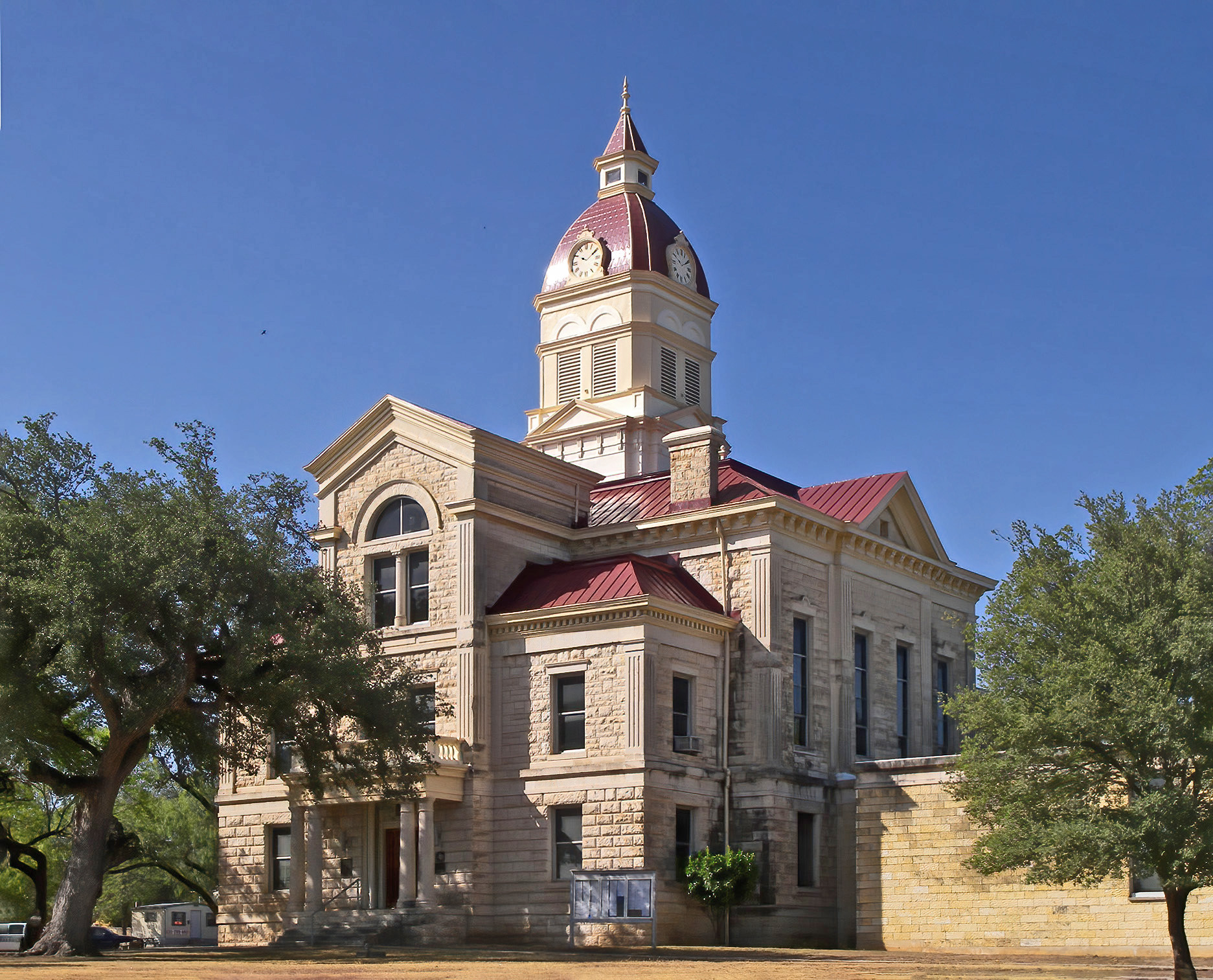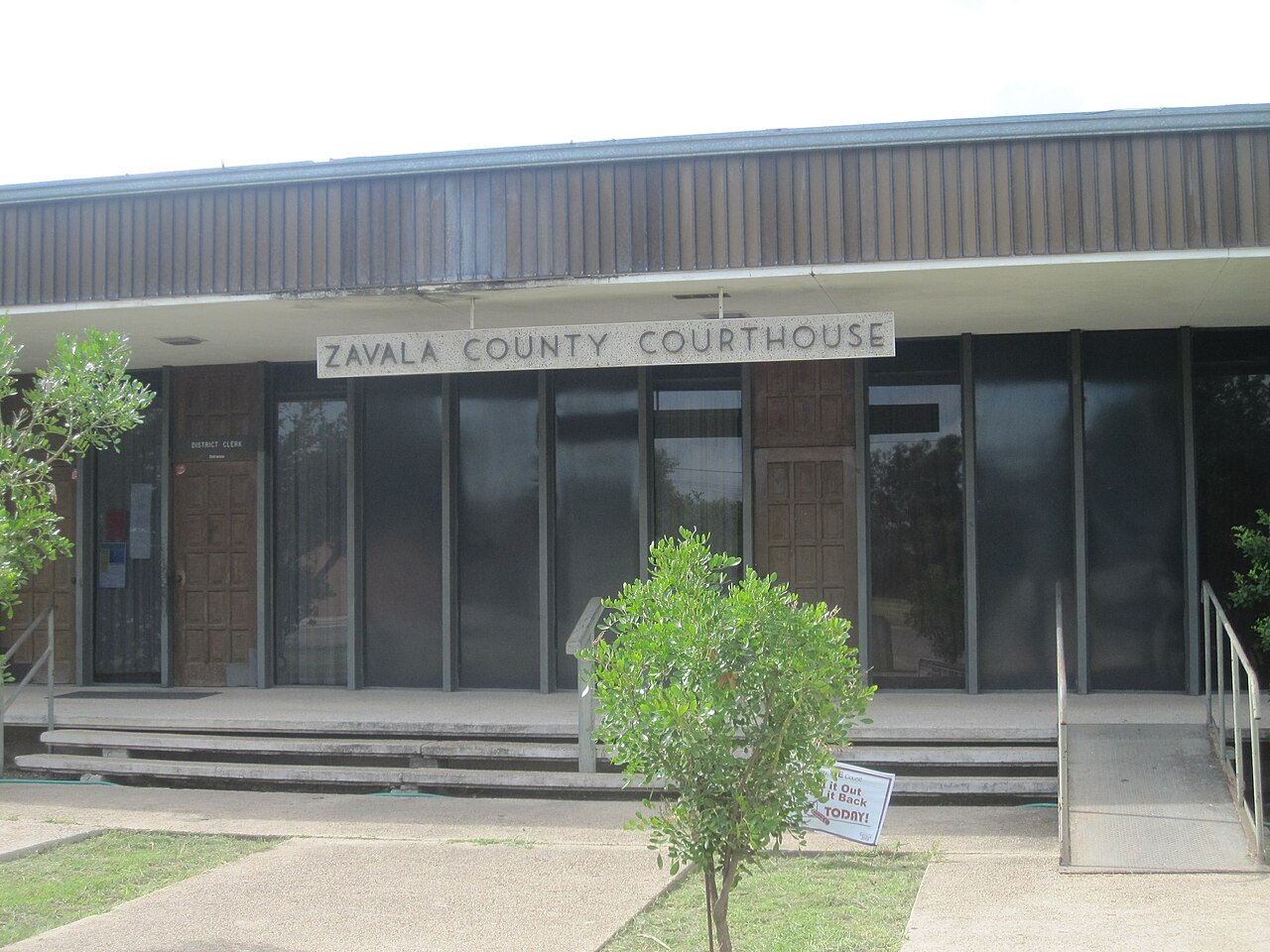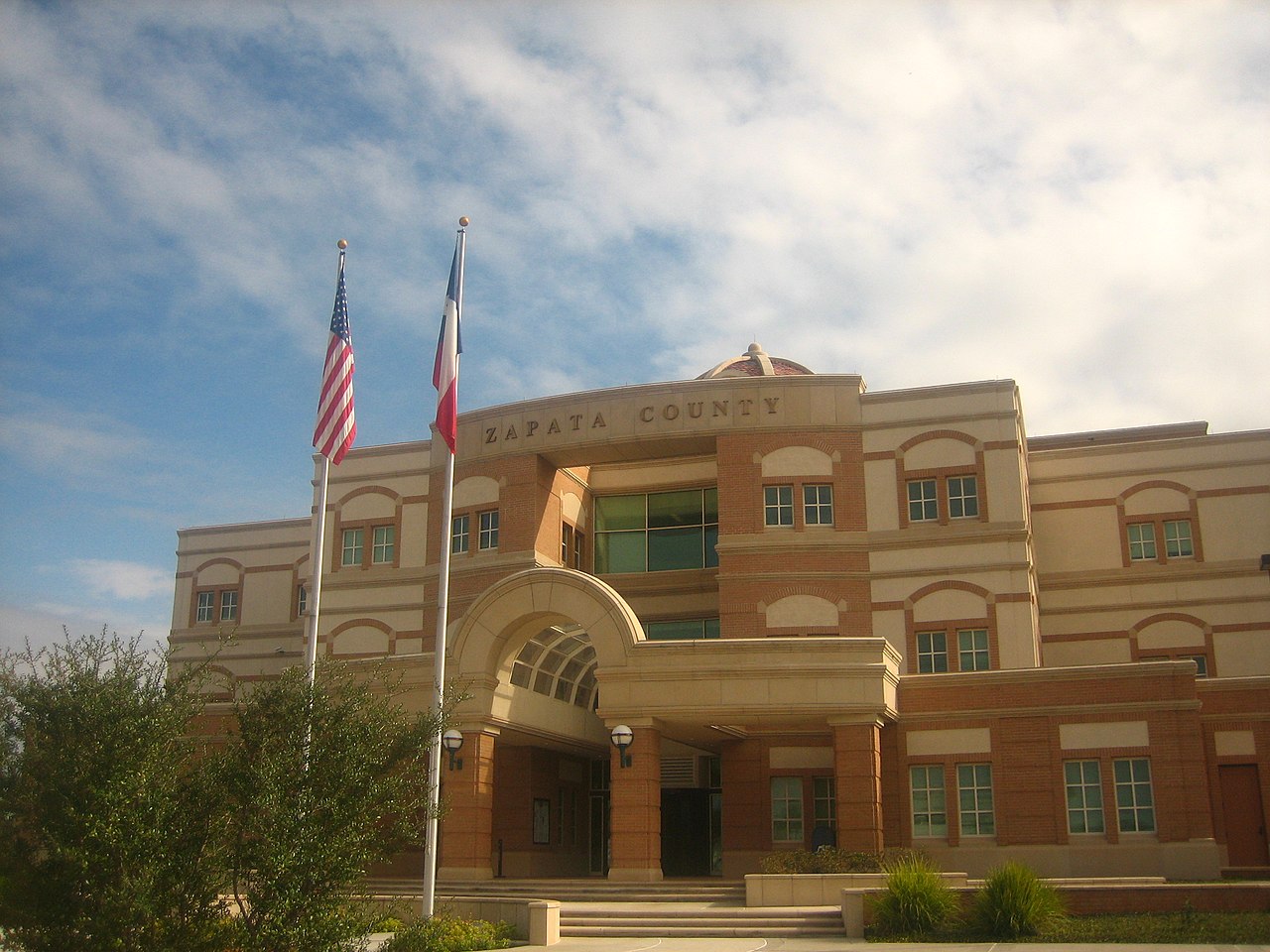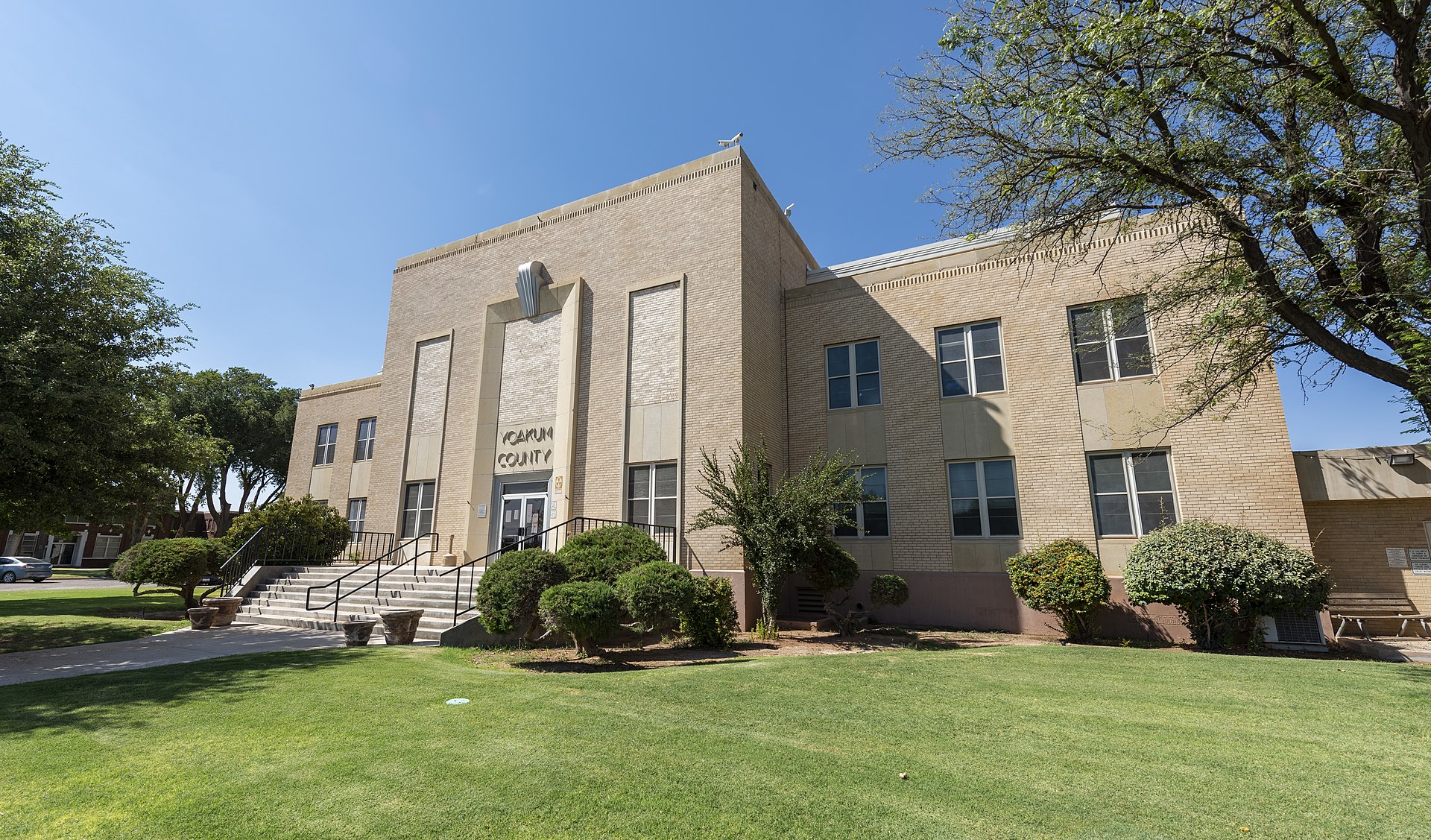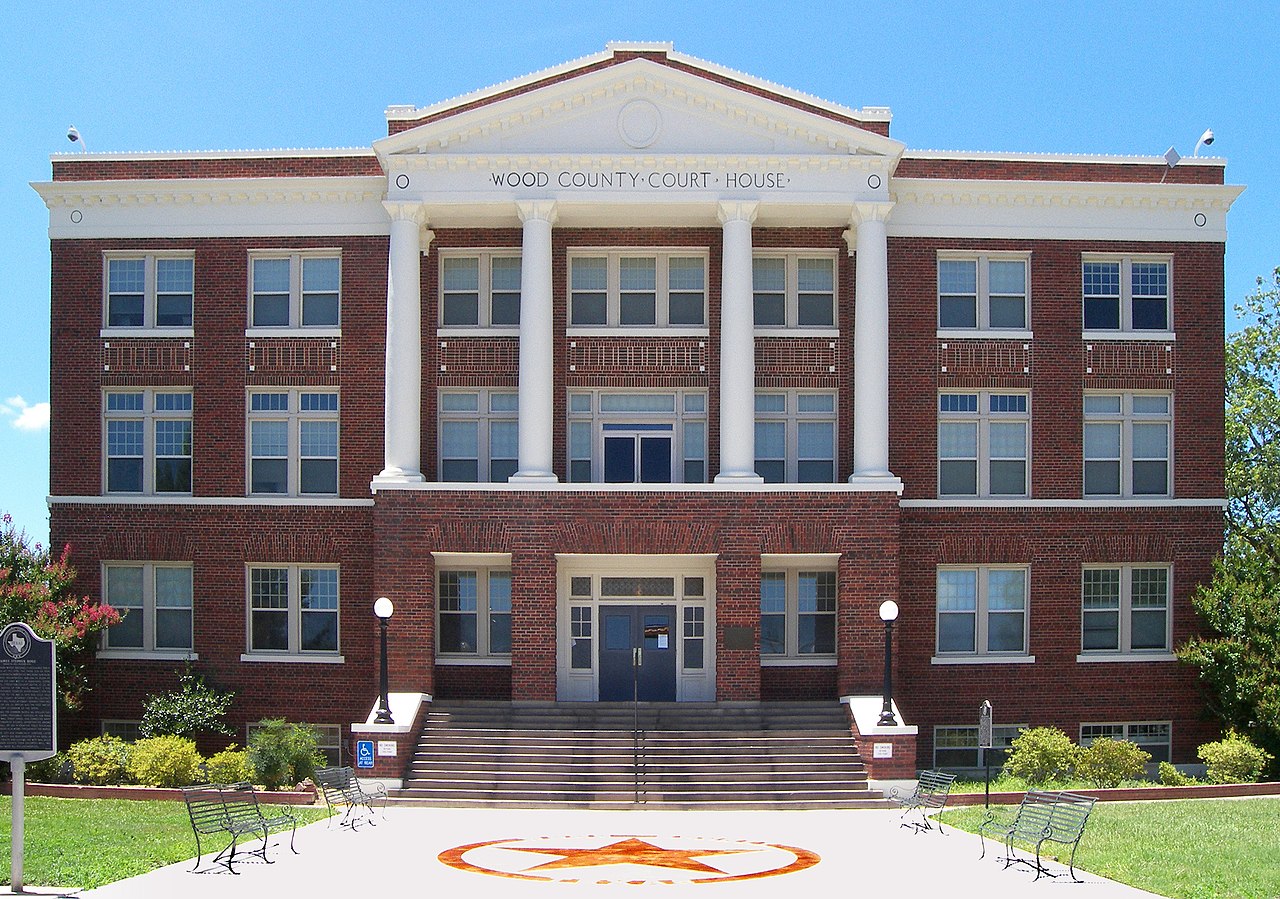Texas Writs of Garnishment to Collect Judgment Liens in Bandera County Texas
Judgment creditors who are having difficulty collecting from a debtor can seek assistance from Busby & Associates. We have extensive experience in all areas of judgments, including defense, collection, and enforcement. Our primary focus is on garnishing bank accounts and financial institutions, but we also provide assistance for consumer bankruptcy, family law, and divorce matters, for both obligors and obligees under child support liens. Additionally, we can help with the domestication of foreign child support liens in the State of Texas. Give us a call and we’ll help you navigate the process and take action to collect your judgment when your debtor resides in Bandera County, Texas.
Texas Judgment liens
A judgment lien is created by filing and indexing an abstract of judgment in Bandera County, and it applies to all non-exempt real property of the judgment debtor within that county. The lien lasts for ten years, unless the judgment becomes dormant. To be eligible for a judgment lien, the underlying judgment must be final, not interlocutory. Even if the judgment is being appealed, steps can still be taken to establish a lien before the appeal. Remember that these rules only apply to Texas state trial court judgments, not to judgments from other states or foreign countries, which must first be domesticated in Texas before a lien can be established.
Texas Abstract of Judgment
Within Texas, the preparation of an abstract of judgment can be carried out by either a judge, justice of the peace, clerk of the court, or the agent, attorney, or assignee of the judgment creditor. However, this does not apply to small claims and justice courts where the judgment creditor is not allowed to prepare their own abstract. It’s important to note that federal court judgments require certification from the clerk of the court.
Contents
For an abstract of judgment to be considered valid in Texas, it must show the following information: (1) the names of the plaintiff and defendant; (2) the defendant’s birthdate, if obtainable by the clerk of justice; (3) the last three digits of the defendant’s driver’s license number, if obtainable; (4) the last three digits of the defendant’s social security number, if obtainable; (5) the suit number in which the judgment was granted; (6) the defendant’s address or, if not listed in the suit, the citation’s details and the date and location of service; (7) the date of judgment; (8) the amount of the judgment and the remaining balance; (9) any outstanding child support arrearage; (10) the interest rate specified in the judgment. Additionally, it is important to note that the abstract must include the mailing address for each plaintiff or judgment creditor, or a penalty fee will be imposed. Furthermore, the abstract prepared by the creditor’s attorney must be verified and unsworn declarations are not acceptable.
Recordation
The county clerk is responsible for recording the abstract of judgment in Bandera County (where the debtor has real property). This includes filing it in the Bandera County’s real property records, noting the date and time of recordation, and adding the names of the plaintiffs and defendants in the judgment and the page number in the records to the alphabetical index of the real property records. In Bandera County, you would want to record your judgement with the County Clerk at 500 Main St. Bandera, Texas 78003.
Abstracts of Domesticated Judgments.
Judgments obtained under the Uniform Enforcement of Foreign Judgments Act and the Uniform Foreign-Country Money Judgments Recognition Act are treated in the same manner as judgments filed in the court where they were granted, as stated in these acts. Furthermore, domesticating a foreign judgment in Texas also requires the holder to meet the lien requirements.
Property to Which Lien Attaches Non-Exempt Real Property
The judgment lien is placed on all non-exempt real property that the defendant owns in Bandera County; the county of recordation.
Keeping the Judgment and Judgment Lien Alive
- Non-governmental Judgments
The lien resulting from a judgment stays in effect for 10 years after its recording and indexing, unless the judgment becomes dormant. To maintain the lien, one must take steps to keep the judgment active and record a new abstract of judgment. If a writ of execution is not issued within 10 years of the judgment’s rendition, the judgment becomes dormant. It can be reactivated through scire facias or by filing an action of debt before the second anniversary of the judgment becoming dormant.
- State or State Agency Judgments.
A state or state agency’s judgment can be enforced through a lien for 20 years from the date of filing an abstract of judgment. The lien can be extended for an additional 20 years by filing a renewed abstract of judgment, ensuring that the judgment remains valid and enforceable over time.
- Political Subdivisions.
According to the dormancy statutes, judgments made by political subdivisions may become dormant. However, the revival statute in Civ. Prac. & Rem. Code § 31.006 allows for the revival of these judgments at any time, regardless of the dormancy period.
- Child Support Judgments.
According to § 34.001 of the Civ. Prac. & Rem. Code, Subsection (c) excludes judgments for child support from the dormancy statute, and applies to all child support judgments.
Property Subject to and Exempt from Execution.
- Property Subject to Execution.
The property of the judgment debtor can be taken by execution, unless it is protected by constitutional, statutory, or other legal exemptions. Generally, assets such as cash, boats, collections, stocks, bonds, and airplanes are not considered exempt. Notably, corporations do not have any exempt property that can be protected from execution.
- Property Exempt from Execution.
Both families and single adults have certain property that is protected from execution, including: the primary residence, personal property up to a value of $100,000 for families and $50,000 for single adults as outlined by law, current wages earned for personal services (excluding child support payments), unpaid commissions for personal services not exceeding 25% of the $50/$100,000 aggregate limit, health aids prescribed by a professional, worker’s compensation payments, cemetery plots held for sepulcher, property that the debtor has sold, mortgaged, or transferred in trust if the buyer, mortgagee, or trustee can provide alternative property to satisfy the execution, assets held in a spendthrift trust for the benefit of the judgment debtor, certain insurance benefits, certain savings plans such as retirement benefits and health savings plans, college savings plans, and consigned artwork.
WRITS OF GARNISHMENT
The post-judgment garnishment is a method available to judgment creditors, which allows them to investigate connections between the debtor and a third party to identify any funds or assets owed to the debtor. Should any such funds or assets be discovered, the creditor can then obtain a garnishment judgment ordering the third party to pay them to the creditor instead of the debtor.
Requirements to Issue
Garnishment is possible after a judgment has been passed, provided: a) The judgment is valid and subsisting, b) The debtor has not taken steps to halt execution of the judgment through an approved supersedeas bond, c) The creditor certifies that, to their knowledge, the debtor does not possess enough property in Texas that can be used to pay off the judgment.
Procedure for Securing Issuance Jurisdiction and parties
A post-judgment garnishment action is a distinct process from the main lawsuit it is enforcing. The garnishment action is supplementary to the main suit and should be brought against the third-party garnishee as the defendant. The application for post-judgment garnishment should be filed in the same court that issued the judgment to be collected, under a different cause number. For instance, if the original suit was filed in the 245th judicial district court of Bandera County, Texas, the garnishment action should also be filed in Bandera County.
Service of the writ of garnishment/notice to judgment debtor.
The garnishee is the party that must be served with the writ of garnishment. The judgment defendant is not involved in the garnishment action, however, they must be given a copy of the writ of garnishment, the application, accompanying affidavits, and court orders as soon as possible after the writ is served on the garnishee. It is also important to note that the copy of the writ given to the defendant must be in 12-point type and be clearly written to inform a reasonably attentive person of its contents. If proper notice is not given to the judgment debtor, any judgment except for one that dissolves the writ will be void.
Banks as Garnishees
In order to serve writs of garnishment on garnishee banks, the address of the registered agent of the financial institution must be used, as outlined in Section 201.102 and 201.103 of the Finance Code. These sections state that out-of-state financial institutions must register with the Secretary of State and appoint an agent for the process, while Texas financial institutions may file a statement with the Secretary of State appointing an agent for the process.
Officer’s Return.
According to Tex. R. Civ. P. 663, the officer responsible for implementing a writ of garnishment must provide a return. The judgment creditor should carefully review this return before obtaining a garnishment judgment, particularly in cases of default judgment. The rules for citations apply to returns in garnishment proceedings as well. Previously, returns have been found to be defective for not indicating the way in which a corporate garnishee was served and the location of service.
Forms for the form and Practical Procedure
The process of garnishing a bank account or other debt starts with identifying the account and assessing whether there are sufficient funds to make it cost-effective. Once this is established, an Application for Garnishment must be filed along with a supporting affidavit. The affidavit, typically signed by the judgment creditor’s attorney, should contain the following information: a. Information about the original suit and judgment, including credits applied to the judgment; b. The correct name of the garnishee and the names and addresses of officers for service; and c. Account names and numbers, if available.
Busby and Associates can help you collect your Texas judgment on a contingency basis and garnish a bank account or financial institution within Bandera County; the county of the judgment debtor. Judgments from other states where the debtor is located in Texas will be evaluated on a case-by-case basis and may require a retainer.

